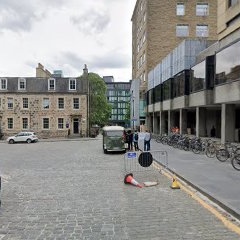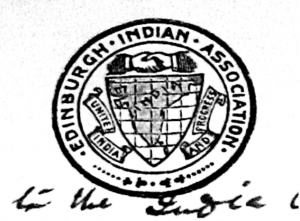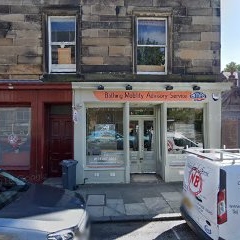11 George Square, Edinburgh EH8 9LD

The Edinburgh Indian Association (EIA), founded in 1883, was one of the first Indian Associations in Britain. Between 1911 and the 1950s, the EIA rented rooms at 11 George Square, which “contained a debating hall for 100 people, a dining-hall serving Indian dishes, a library, a billiard room with two full-size tables and one ping pong table.” Containing members from across India and its diaspora, it radicalized students who later became key leaders in the British Guiana East Indian Association, the Non-European Unity Movement in South Africa, and the Indian National Congress itself. Edinburgh alum Kesaveloo Goonam Naidoo recounts that the EIA: “had the unique privilege of listening to the Nobel Laureate, Sir CV Rama. His speech went over my head, but heck, it felt good just being there. Another illustrious visitor was the Right Honourable Srinivasa Sastri, who […] was very unpopular among the Indian students [for his pro-British oratory] and became even more so when he came to Edinburgh to receive the freedom of the city at a time when thousands of Indian freedom fighters languished in British jails.” As the Home Rule movement grew in India, the EIA “became active in this field” and was monitored by Scotland Yard for revolutionary discussions.



